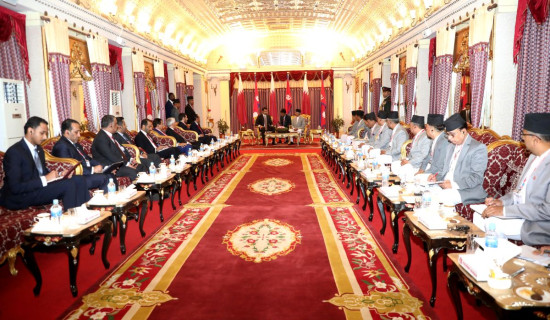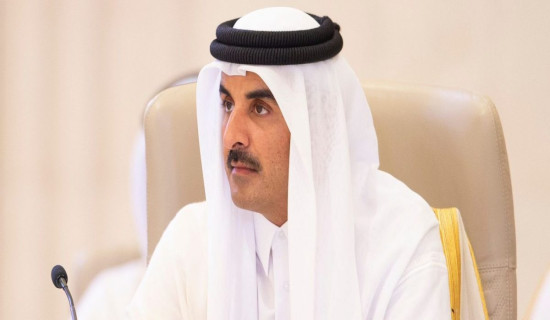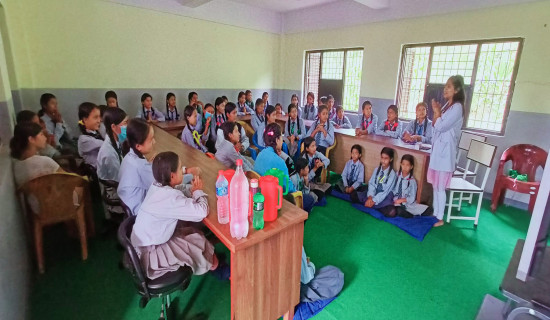- Tuesday, 23 April 2024
Slow Down For Safety
In view of a vexing scenario of road accidents even within the Kathmandu Valley, the Kathmandu Valley Traffic Police Office (KVTPO) has begun enforcing varied speed limits along various roads since Thursday (December 1) to reduce the number of such mishaps. The valley recorded a total of 10,733 vehicular accidents in the last fiscal year. Over-speeding was responsible for more than 3,500 mishaps among the total number of road disasters. According to KVTPO’s records, as many as 8,584 vehicles were panalised for plying faster in the valley in the first three months of the current fiscal year. In 2021/22, altogether 26,359 vehicles were charged for over-speeding throughout the nation. In the same fiscal year, over 2,880 people lost their lives in road accidents nationwide while as many as 7,282 others sustained severe injuries. What is more alarming is that the carelessness on the part of drivers, which also includes over-speeding, was one of the major reasons for those fatalities. This really calls for urgently limiting the speed of vehicles to check road accidents.
The fresh move taken by KVTPO is in line with Sub-Section 5 of Section 18 of the Motor Vehicles and Transport Management Rules, 1997. The law has a provision for motor vehicles to strictly abide by certain speed limits in order to help ensure road safety. The rule allows a car, jeep and pick-up van to ply at a speed of 80 kmph (kilometre per hour). In accordance with the law, responsible authorities can set the speed boundary of vehicles at any public place if they feel it is necessary. They need to post or affix a notice or sign concerning the set speed limit. Likewise, the speed limit is 40 kmph for tempo, scooter, power tiller and tractor, and 50 kmph for motorcycles. Similarly, a bus, mini bus, truck and mini truck can drive at a maximum speed of 50 kmph on a hilly road and a maximum of 70 kmph on a plain/surface road.
The law, however, stops motor vehicles from plying at a speed surpassing 40 kmph in areas having dense settlements. Such places are also known as built-up areas. The speed limit for Ring Road and major highways is 50 kmph while it is 40 kmph in built-up areas. Vehicles need to drive only at a speed limit of 10-20 kmph along the roads nearby schools and hospitals. Despite such legally obligatory provisions in place, their compliance seems to have been rare in practice. Officials at KVTPO say that each vehicle is required to observe the fixed speed limit thoroughly. The law also has a provision for imposing a fine on those drivers who violate the rule. An over-speeding rider is panalised Rs. 500 for the first time, Rs. 1,000 for the second, and Rs. 1,500 for more than three times. However, the speed limit is not applied for a fire engine, ambulance and a motor vehicle used for carrying patients.
It is not an easy task for the authorities see whether any driver has strictly followed the set speed limit or not because of lack of technology, devices and human resources. They concede the fact that they do not have adequate radar speed guns to monitor speeding vehicles in an effective manner. Against this backdrop, the Ministry of Physical Infrastructure and Transport, the Department of Transport Management and Department of Roads need to install CCTV cameras with speed sensors along the main road sections to deal with the challenges. It is equally essential to have speed limit signs installed along the roads to let riders as well as drivers know about this.

.jpg)















